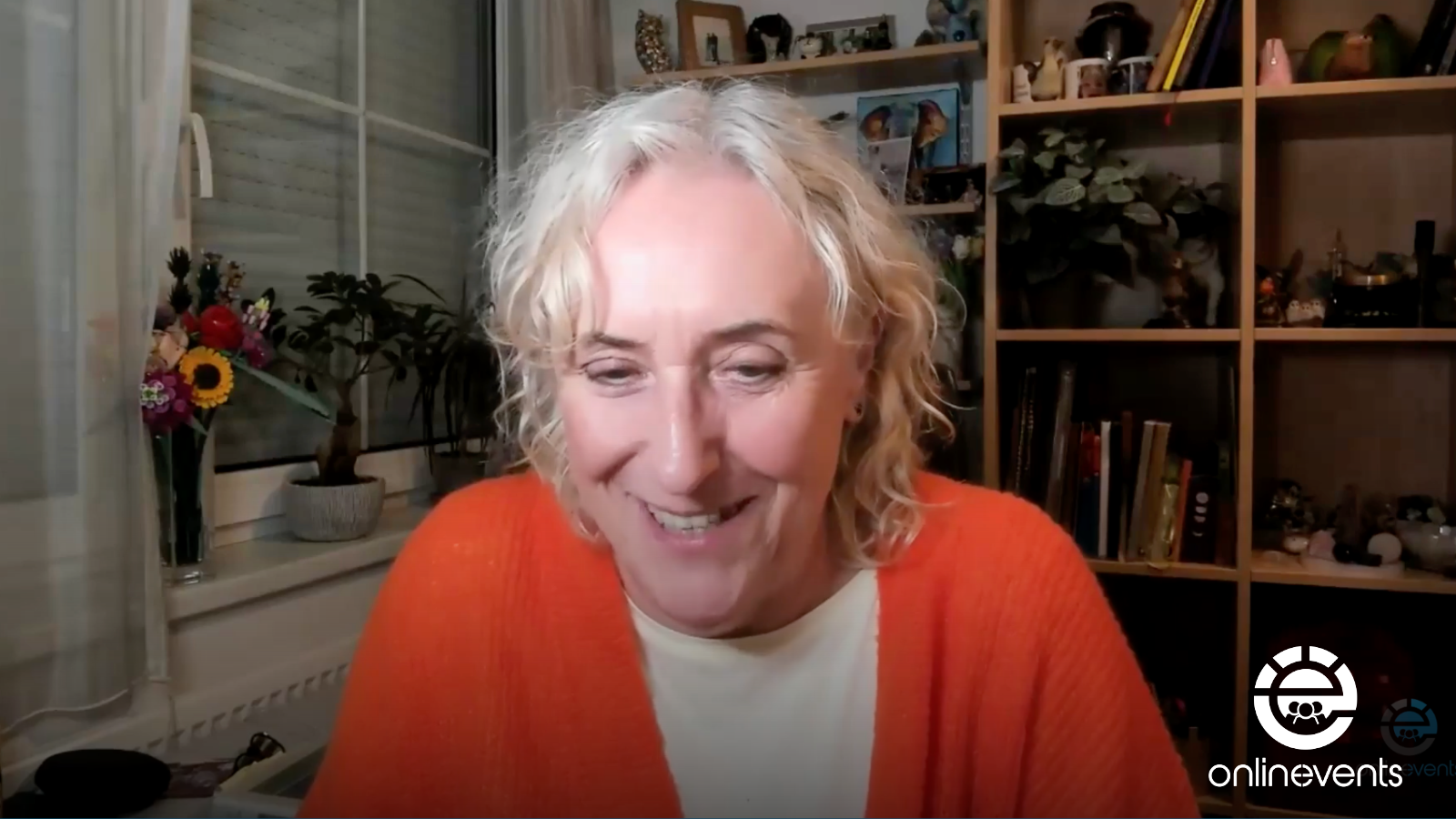A number of myths have developed over the years about what person-centred therapy is or is not. These myths are attached to both theory and practice. One myth that has resurfaced over the last 5 years or so relates to the notion of non-directivity, and the idea of the person-centred therapist – particularly those who are described as ‘classical’ – being a somewhat passive partner in the therapeutic relationship.
The workshop seeks to explore the basis of this profound (mis)understanding of person-centred therapy and, as the title suggests, debunk the myth of the nodding therapist.
Learning Objective Participants Can Expect From This Event
- An expanded knowledge of Person-Centred Therapy
- An expanded knowledge of the notion of principle non-directivity
- Exploration of the possibilities in the notion of idiosyncratic empathic responding.
Who is This Workshop Appropriate For?
- All those interested in person-centred counselling/psychotherapy.
How May This Workshop Impact Your Practice?
- It will hopefully support participants to reflect on how they are being in relationships with clients
Course Content
Presenter

Sheila is person-centred therapist, facilitator and consultant/supervisor. Until very recently, she was the Director of Studies Course Leader for the MSc Contemporary Person-Centred Psychotherapy and Applications at the Metanoia Institute in London. She is a former convenor of the BAPCA, and former member of the board of the WAPCECP. She works in the UK and in the Czechia where she has lived for the last 14 years. She was a member of the UKCP Training and Universities College and was involved in the process of getting the titles ‘person-centred psychotherapist’ and ‘client-centred psychotherapist’ registered in the UKCP. She is co-editor of two books and author of a number of chapters, the most recent being Bozarth, J. D., & Haugh, S. (2024). Unconditional Positive Regard. In M. Cooper, G. di Malta, M. M. O’Hara, Y. Gololob, & S. Stephen (Eds.), The Handbook of person-centred Psychotherapy and Counselling (3rd edition, pp. 200–211). Bloomsbury Academic.


